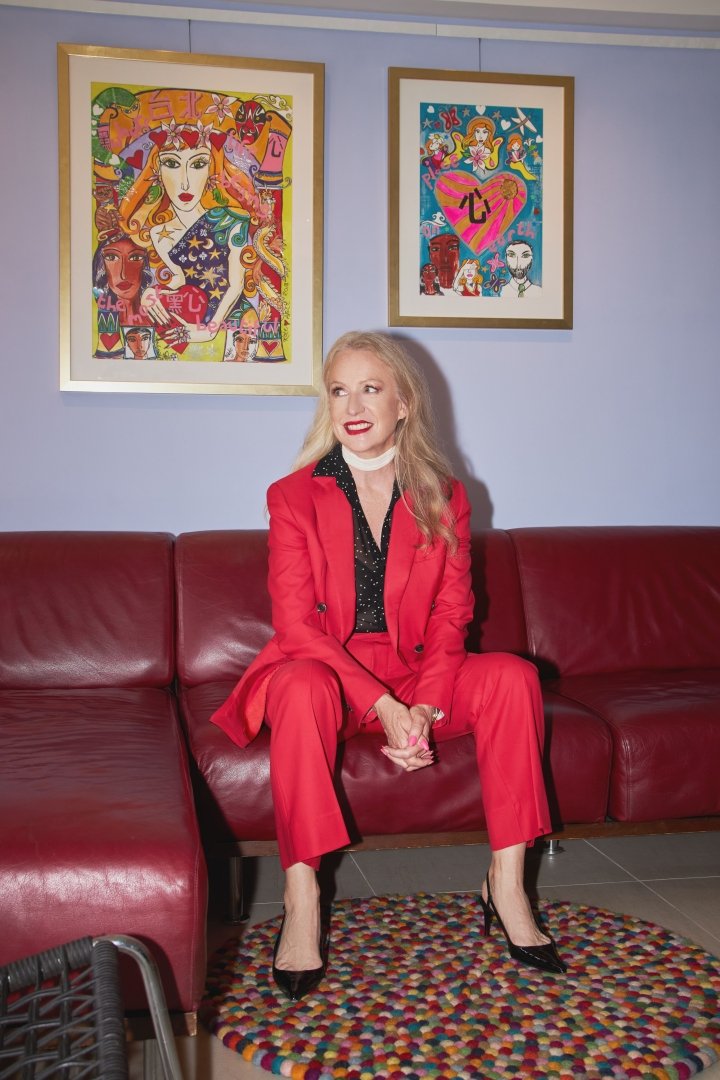We talk a lot about fashion and clothing in this newsletter. So, what constitutes the perfect item of clothing? I am certain opinions will be divided: a tee, jeans, a hoodie, socks. Let’s define further what criteria we need to fulfil to be considered “perfect”:
Timeless
Stylish
Versatile - can be used for many purposes and types of occasions
Can be repurposed (worn by others, resold, reused)
It creates a powerful and impactful image when worn
My perfect clothing item (or items) would be a tailored suit. It ticks all of those boxes. It may not be perfect for everyone here, but hear me out.
The history of the suit originates (for men) in the 17th Century Royal Court Dress. For women in the 1660s as “Costumes” worn for Horse Riding (a jacket and matching skirt). However, these items have morphed throughout the years, largely due to social, political, and lifestyle influences. The French Revolution had overly decorative styles be unpopular (to say the least).
1940s Demob Suit - Photo: Pinterest
Wars influenced the amount of fabrics available. Post-WW2, there was the “Demob” suit, a suit of clothing issued to ex-servicemen from the British Military Services when they were demobilised from active duty. This democratised the suit, shifting it from higher class status to everyone (remember, the class system was very much in place in England at this time). The streets were said to be filled with grey, “men in grey suits”.
Since then, the suit has taken so many forms and occupied a variety of status. The “Zoot suit”, the “Rock-a-Billy” suit, the “Mod suit. Each era reacted against what the previous era wore—replacing the silhouette with something slimmer, wider, with bigger or smaller lapels. Some of the most iconic suits were those worn by Elvis, The Beatles, and John Travolta in Saturday Night Fever. This also saw the introduction of Polyester for easy care. The ‘80s saw the arrival of the fabulous “Armani” suit. Then, the Tom Ford for Gucci suit. Later, we had the legendary Hedi Slimane “Dior Homme” and later “Saint Laurent” skinny suit.
For women, we have seen a similar trajectory in styles and silhouettes—yet even more extreme. The end of WW2 required the liberated woman to return to the home. Many men needed jobs, and women were “encouraged to return to domesticity”. By 1951, in England, “the number of working women had returned to the pre-war level”.
The suit to herald this was “The New Look” by Christian Dior. The “Bar Suit” used 5 metres of fabric for the skirt and required a tiny waist. There was a huge reaction to this due to the constraints of post-war austerity; this luxurious fashion statement was seen as inappropriate and excessive.
Dior's New Look 1947 - Photo: Mediakron
Each decade brought a silhouette and style as an indicator of the movement of women from the home to the workplace. The ‘50s suit was very grown-up and structured. The ‘60s decade brought a complete liberation for women (or it seemed), with the arrival of the mini skirt and the movement towards freedom and sexual liberation. For decades to follow, the women’s suit really was part of the journey of women becoming members of the workforce. Any Google search will show endless suits and formalwear from numerous stores and retailers.
By the ‘80s, women’s suits paralleled men’s suits. Armani, Hedi Slimane, and Tom Ford did their versions, as did the Japanese designers. Where we are now is pretty much a democratised version, with blazers being a vital item of any professional or executive women’s wardrobe.
Naomi Campbell for BOSS's Spring 2023
On a personal note, I love the suit. I do find it a perfect item of clothing. I’ve researched its iterations and generations, history and expressions. I have worn many suits: skirt suits, pants suits and short suits from a number of designers. I also have my own vintage Tom Ford Gucci suit.
For me, the perfect suit is a personally tailored one. I have two, which I had semi-handmade “made to measure” by amazing tailors in Hong Kong (Magnus & Novus). Both suits are in light wool, both in colours which I would always wear. I studied the silhouette that I considered the most flattering to my body and the most versatile to my lifestyle.
The first suit I made was this red suit, which I have worn almost on a weekly basis (or more frequently) as a suit or separately during the past 2+ years. Last year, I added the light coral version and updated my red suit by adding a mini skirt. The light coral suit has pants, a jacket (like the red one), a waistcoat, and shorts, which are perfect. They go from day to evening: sneakers/loafers/heels, dressed up, dressed down. Add a T-shirt, add a shirt, or just wear the blazer with jeans or pants with a shirt.
I personally prefer this silhouette. I based it on my Tom Ford suit and removed some of its extreme nature to better suit my body. The internal details are true men's tailoring techniques. This, along with the attention to fit and beautiful fabric, is what differentiates mine from a store-bought suit.
Time for the weekly homework:
Which is your favourite suit?
How do you wear it?
Do you consider it timeless?
If you could have any suit, what would it be?
As always, love life, have fun, and enjoy fashion.
Kate xx





